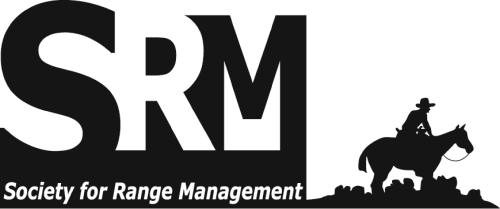The state of Montana has approximately 38 million hectares of land. 24 million hectares of which are utilized as farm and ranchlands and 65.8% is utilized for pasture and rangelands. Much of this habitat is classified as lowland grassland/prairies and sage brush steppe ecosystems which overlaps with valuable habitat for native pollinators. As such, with Montana housing potentially hundreds of Hymenopteran species and producing millions of dollars in livestock revenue annually, it is a critical study area for analyzing the effects of livestock grazing on pollinator communities across landscapes. In this study, we analyzed the diversity, abundance, and community structures of primary Hymenopteran pollinators within the 5 most common families of Montana within two study sites of Eastern Montana. With both sites being exposed to either rest rotation, or off easement grazing practices, colored pollinator pan traps, Daubenmire frame sampling, and sweep netting provided further insight into how grazing treatment affects pollinator and insect aggregate communities. We collected over 10,000 specimens from approximately 22 distinct genera and found that the sub-genera Dialictus is most common across our study sites followed by Agapostemon and Halictus, all within the Halictidae family. As data is currently being analyzed and one more field season yet to be conducted, these results are relevant to the understanding of bottom-up and cascade effects of grazing treatments across a landscape, that potentially serve to inform better management practices for the conservation of native pollinators.

Oral presentation and poster titles, abstracts, and authors from the Society for Range Management (SRM) Annual Meetings and Tradeshows, from 2013 forward.